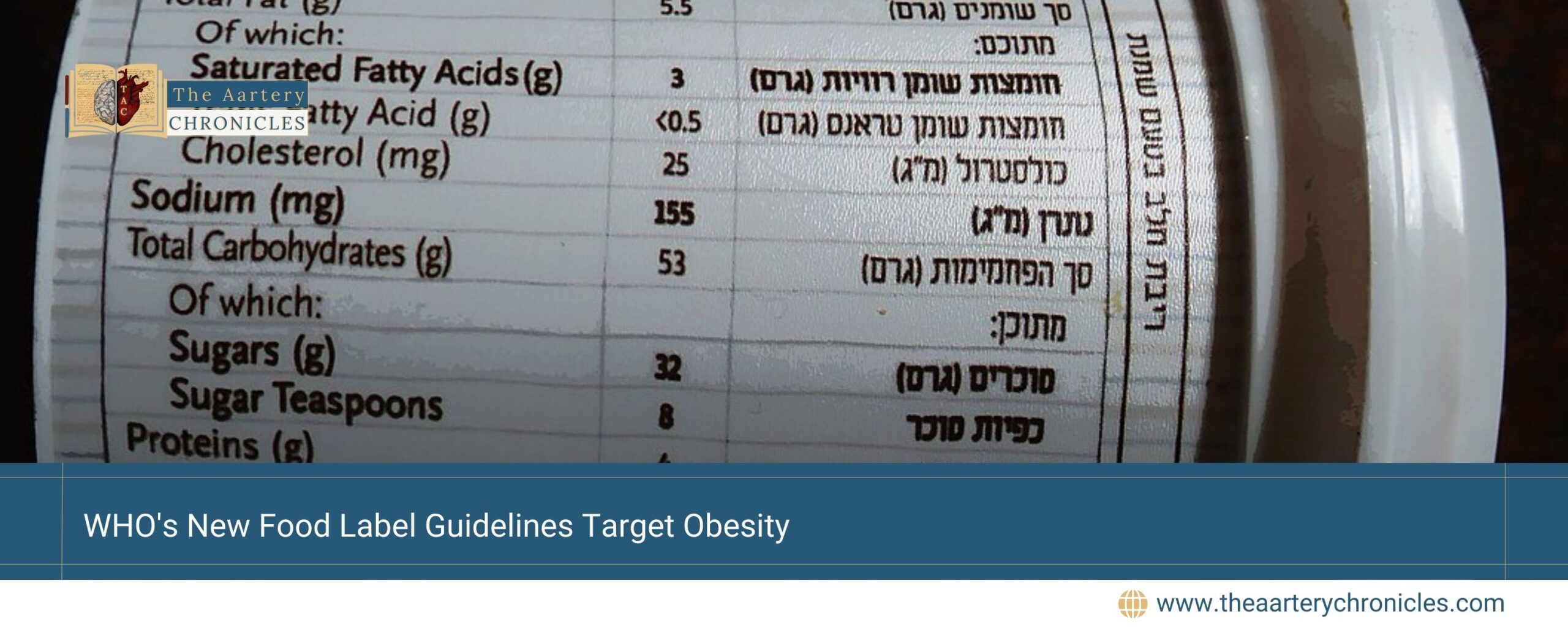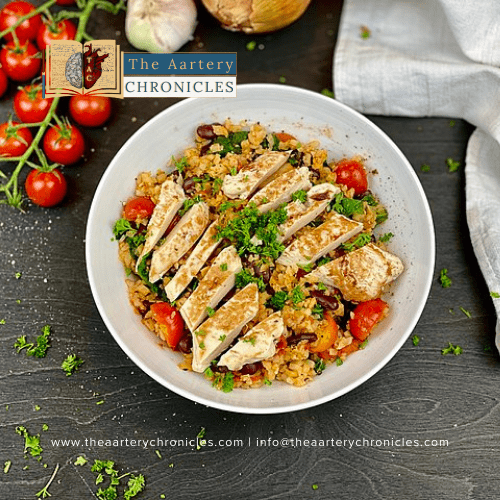

WHO's New Food Label Guidelines Target Obesity
Introduction
In a recent move, the World Health Organization (WHO) has introduced new guidelines recommending that food companies place easy-to-read nutritional labels on the front of packaged foods and beverages. These labels are designed to help consumers make healthier choices by clearly displaying important nutritional information. The goal of this initiative is to tackle the growing global obesity epidemic, which is largely driven by processed foods high in salt, sugar, and fat.
The Global Impact of Obesity
According to WHO, more than one billion people worldwide are currently obese, contributing to around eight million premature deaths each year from diseases such as diabetes and heart disease. Despite the alarming statistics, governments around the world have struggled to implement effective policies to control the rise in obesity.
Labeling Systems Around the World
At present, only 43 WHO member countries have adopted front-of-package labeling, either on a mandatory or voluntary basis. The newly proposed guidelines, developed by WHO in 2019, aim to change this by encouraging more countries to implement such systems. According to Katrin Engelhardt, a scientist in WHO’s Nutrition and Food Safety Department, the goal of these guidelines is to help consumers make better food choices.
Front-of-Package Labeling Models
The WHO is recommending that governments adopt “interpretive” labelling systems, which not only display nutritional information but also help consumers understand the health implications of certain ingredients. One such system is NutriScore, which uses a colour-coded approach, ranging from green (healthier options) to red (less healthy options). This system, developed in France, is already widely used in parts of Europe.
Meanwhile, countries like Chile have taken a different approach, using a more direct warning system. In Chile, foods high in sugar, salt, or fat must carry a black octagon warning symbol, similar to a stop sign, to alert consumers. Research from the University of Chapel Hill in North Carolina shows that this type of labelling, along with other policies, has led to significant reductions in the consumption of unhealthy ingredients. For example, since these measures were introduced, Chileans have bought 37% less sugar, 22% less sodium, 16% less saturated fat, and 23% fewer total calories.
Debate on the Best Labeling Approach
While there is agreement that stronger measures are needed to reduce the consumption of unhealthy foods, the WHO acknowledges that more research is needed to determine the most effective type of labelling. The final version of these guidelines is expected to be released in early 2025, after the current public consultation period, which ends on October 11, 2024.
Source: Inputs from various media Sources

Priya Bairagi
I’m a pharmacist with a strong background in health sciences. I hold a BSc from Delhi University and a pharmacy degree from PDM University. I write articles and daily health news while interviewing doctors to bring you the latest insights. In my free time, you’ll find me at the gym or lost in a sci-fi novel.








